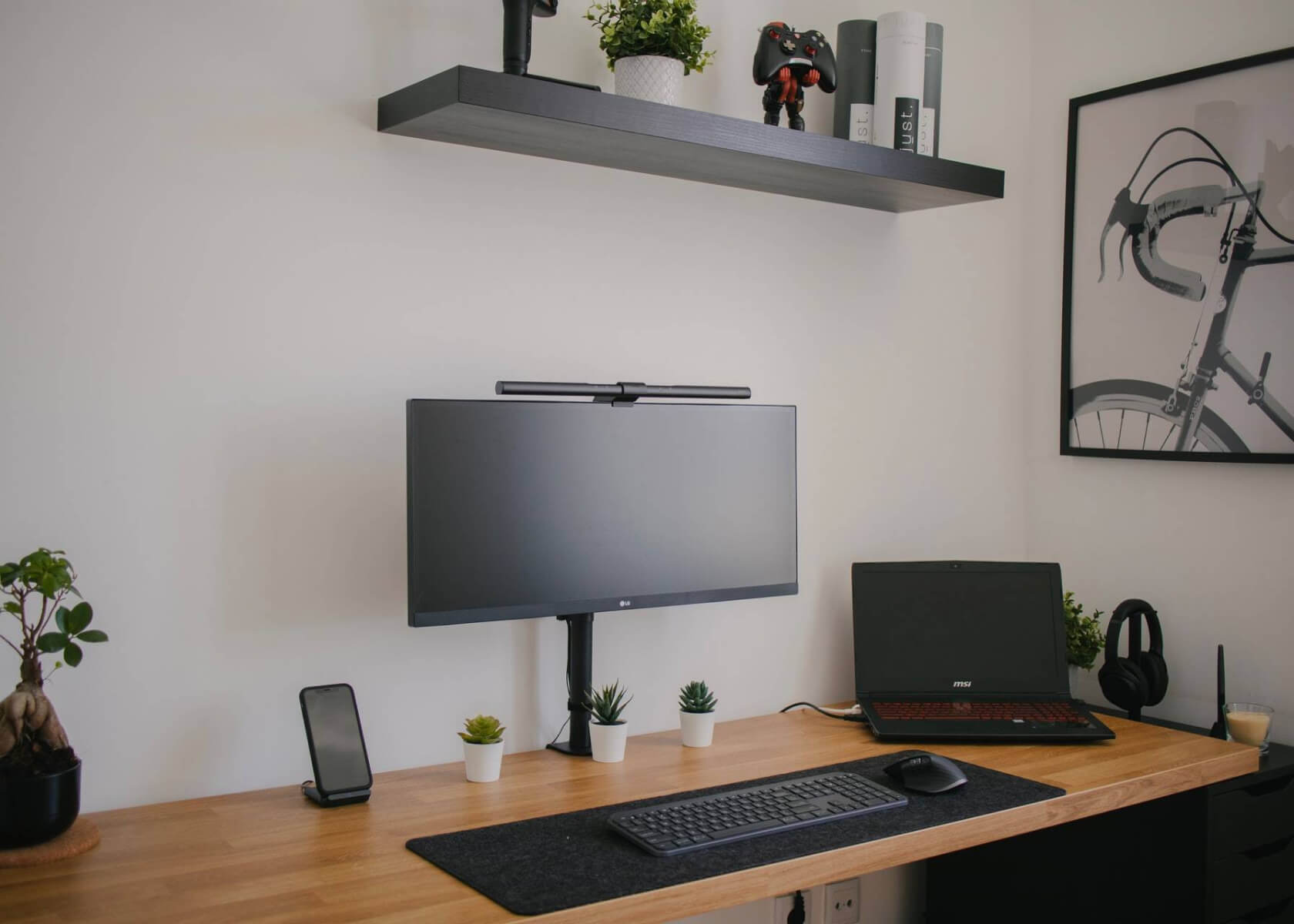Step-by-Step Guide: Creating a Database in Notion for Efficient Data Management

New to Notion?
How to Create a Database in Notion
Notion is a powerful, all-in-one workspace that supports project management, note-taking, and comprehensive database management. With Notion's database features, you can create structured collections of data to organize and manage your information effectively. In this article, we will guide you through the updated process of creating a database in Notion, incorporating current features and best practices.
Step 1: Choose a Database Type
Before creating a database, decide which type best suits your needs. Notion offers several database views, including:
- Table: A spreadsheet-like view that lets you customize columns for different data types.
- Board: A Kanban-style interface that displays cards which you can easily move across different stages or categories.
- List: A clean, vertical list format ideal for simple task management.
- Calendar: A view that displays entries by date, perfect for scheduling and project timelines.
- Gallery: A visually oriented layout that uses cards with images and descriptions.
Choose the view that fits your project—if you’re managing tasks or workflows, a board or list view may be ideal; if you need a detailed, tabular format, go with a table.
Step 2: Create a New Page or Inline Database
Start by creating a new page in Notion. You have two options:
- Full-Page Database: Use this option to dedicate an entire page to your database.
- Inline Database: Embed your database within an existing page for a more integrated experience.
To create a new page, click the "+" button on the left sidebar or use the keyboard shortcut Ctrl/Cmd + N. Once the page is created, choose a template that fits your purpose—or start from scratch.
Step 3: Add Database Properties
Database properties are the fields that capture various types of data. To add or modify properties:
- Click on the "Add a Property" button at the top-right of your database.
- Choose from property types such as text, number, date, person, checkbox, formula, and more.
- Customize each property by renaming it or adjusting its settings directly from the header.
Using property types like formulas or rollups can help you automate calculations and aggregate related data, making your database even more powerful.
Step 4: Populate Your Database
With the structure in place, start adding your data:
- For table databases, simply add new rows by pressing "Enter" at the end of an existing row or clicking the "Add a Row" button.
- For board and other visual databases, create new cards by clicking the "Add a Card" button.
Fill in each property with the appropriate information. You can quickly edit entries inline, ensuring your database remains dynamic and easy to update.
Step 5: Customize Your Database
Notion allows you to tailor your database to your specific workflow. Consider these customization options:
- Sorting and Filtering: Organize your data by sorting on specific properties and applying filters to quickly locate information.
- Grouping: Group related rows or cards by a common property to create logical sections within your database.
- Views: Switch between different views (table, board, list, calendar, gallery, or timeline) to see your information from various perspectives.
- Templates: Build custom templates for repetitive database entries or use community pre-built templates.
- Relations and Rollups: Connect multiple databases through relationships and perform calculations on related entries with rollup properties.
- Formulas: Leverage formulas to create dynamic fields that automatically calculate data based on other properties.
These options allow you to adapt Notion’s databases to practically any project or workflow requirement.
Step 6: Collaborate and Share Your Database
Sharing and collaborating on your Notion database is simple:
- Click the "Share" button at the top-right of your database page.
- Invite team members and set specific permissions (view, comment, or edit).
- Generate a shareable link to allow external collaboration or public access, with control over link permissions.
This collaborative functionality makes Notion an excellent tool for team projects and real-time information sharing.
Conclusion
Creating a database in Notion is a straightforward process that can significantly boost your productivity and data organization. By choosing the right database type, customizing properties, and using advanced features like formulas, rollups, and multiple views, you can build a database that perfectly suits your needs. Start creating your database in Notion today and enjoy a more streamlined, efficient workflow.
For more inspiration on project management, check out this Project management-project-management-notion-template) template.


